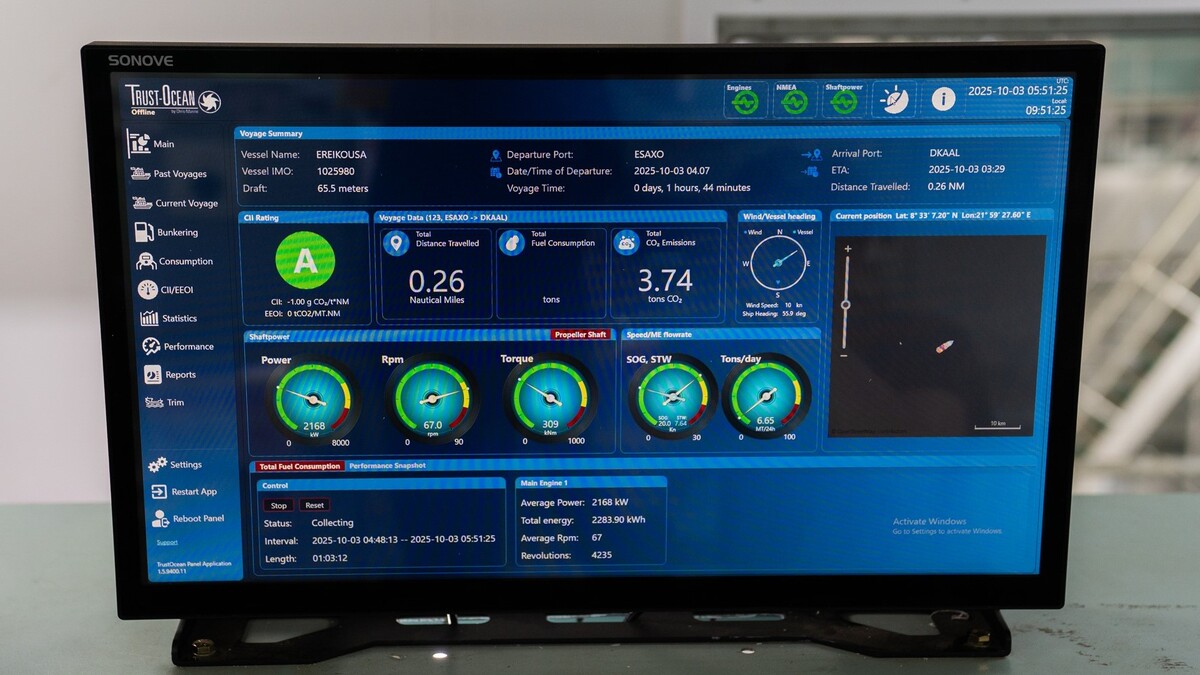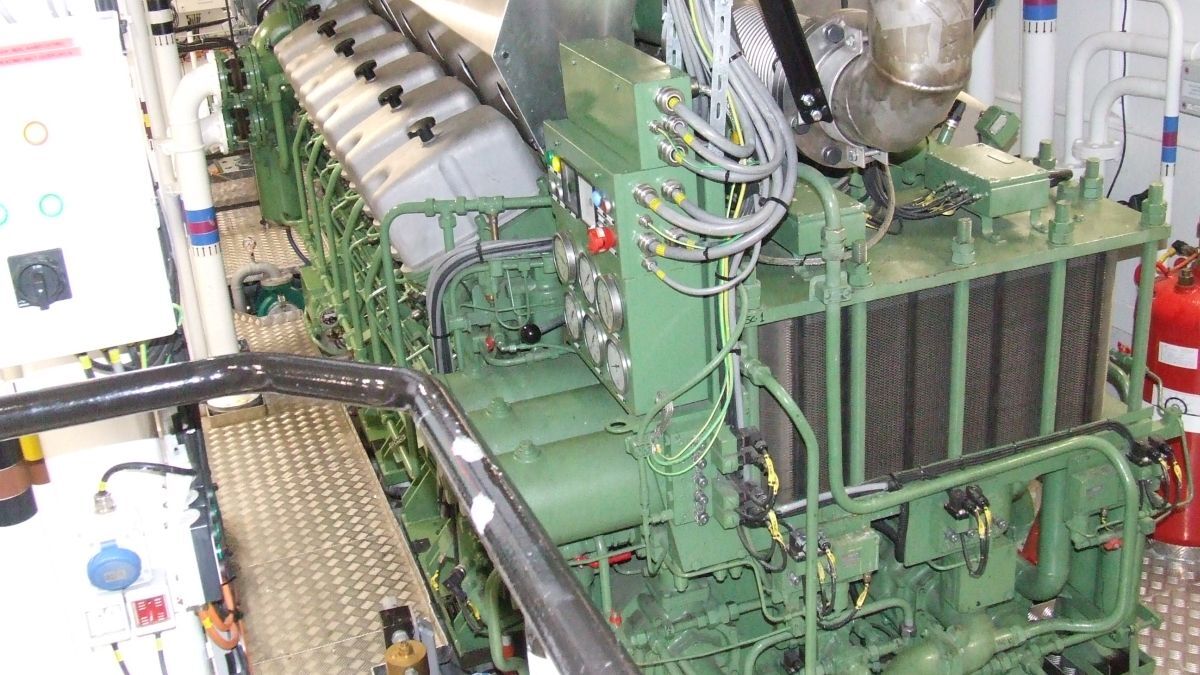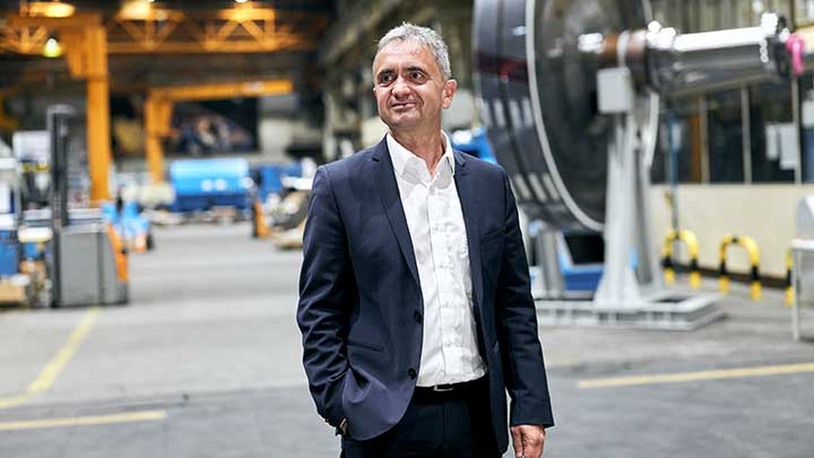Business Sectors
Contents
Register to read more articles.
How to develop lubricants for future fuels
Collaboration, testing and monitoring are required when developing lubricants for new-generation fuels and engines
Using future fuels and engines is driving change in the marine lubricant sector, increasing the need for validation and regular testing, with original engine manufacturers (OEMs) working closely with fuel and lubricant suppliers.
Lubricants must be thoroughly tested by OEMs to ensure they meet the characteristics required for optimal engine performance and to mitigate issues. Once in operation, it is important to continue monitoring oil condition to maintain performance and detect issues before they result in failures.
This was discussed at Riviera’s Lubricants for conventional and emerging marine fuels webinar, which was held on 20 June 2025, with sponsorship from Chevron.
On the panel were Chevron manager for global marine lubricant support and technology Baskaran Balakrishnan, Richful Additives global technical manager Mark Brighty, VPS commercial director for Europe, John MacKenzie, and WinGD lead engineer Jurgen Binder.
They agreed partnerships are key to engineering lubrication across diverse engine types and fuels, to gain insights to develop tailored solutions that support the safe, efficient operation of engines powered by emerging fuels.
Mr Balakrishnan discussed the marine fuels now being used, such as distillates, biofuels and LNG-sourced methane gases, and the emerging fuels methanol, ethanol, ammonia and hydrogen.
“Alternative fuels will play a major role, and many are being tested now,” he said. “But there are concerns over future fuels.”
Lubricants can support the development and operation of single and dual-fuel engines, improving efficiency and engine performance. “Lubricants should be compatible and work with various fuels on board. They should have OEM endorsements,” said Mr Balakrishnan. “We do field validations and work with OEMs with engine testing using our lubricants.” This includes bench tests, field validations and ship trials.
He said there is a demand for fuel-agnostic lubricants that can work with dual-fuel engines using both distillates and LNG gaseous fuels. “There is a need for fuel-agnostic lubricant solutions, enabling switching between fuels, that are validated for biofuels and LNG, then methanol and ammonia,” Mr Balakrishnan said.
“These can extend maintenance periods, reduce issues, improve fuel efficiency and enable a longer life for aftertreatment devices.”
Lubricants do more than lubricate; they also neutralise acidity, prevent corrosion and engine wear and cool components. When monitored, they can also indicate engine issues before they become operational concerns.
“Oil condition monitoring is key for detecting potential failures at an early stage, and for measuring equipment performance,” said Mr Balakrishnan. “Onshore and offshore testing is critical for getting vital information on engine operations.”
Chevron has developed HDAX 9700 as a fuel-agnostic lubricant for use with dual-fuel engines combusting LNG and marine distillates without needing any oil changes when fuel switching.
Mr MacKenzie agreed there are different fuel mixes which require regular testing and monitoring. “There are many unknowns when managing lubricants across a multi-fuel fleet – no two fuels are the same,” he said. “Owners are constantly dealing with the impact of variations and having to overcome and manage changes.”
The current demand for biofuels, whether it is hydrogenated vegetable oil (HVO), fatty acid methyl ester (FAME) or other types of biodiesels, also comes with concerns about their sources and sustainability, and how they could impact engine components and fuel treatment equipment such as oil filters.
Digitalisation and monitoring
“Biofuels can impact engine operations,” said Mr MacKenzie. “There have been terrible issues with biofuel contaminants in fuels.” This can be identified from lubricants and requires constant monitoring.
“Technical management is driven by digitalisation,” said Mr MacKenzie. “It is important to have a solid digital platform to manage lubricants, to pick up trends, understand potential problems and risks, and to integrate this data.”
Analytics can provide insights into how fuels are changing and how lubricants interact with these fuels in various engines, but this does not need to be in real time. “Not having the correct lubricants can lead to additional wear on engine components and on auxiliary machinery, so there needs to be ongoing monitoring,” said Mr MacKenzie. “There are good sensors on onboard machinery, but this is not live testing as the engine burns the fuel.” Testing fuels and lubricants at various intervals on vessels and in laboratories provides insights into the condition and performance of engines and these oils.
Mr Binder said OEMs are willing to trial their engines with various fuels and lubricants to validate their performance and safety. He recommends using validated products to lubricate engines, whether it is a system oil or cylinder oil.
“If vessels are using fuels with a high level of sulphur, then we recommend using lubricants with high base numbers,” said Mr Binder, such as BN140, for acid neutralisation. For other fuels, OEMs recommend lubricants with a base number lower than BN60, depending on the fuel and other properties.
“During development, we validate lubricants by testing their operational safety to exclude failures,” said Mr Binder. “We then narrow down the test conditions.” Test beds and benches enable OEMs and lubricant suppliers to exclude sources of major failures before they are used on vessels.
Mr Brighty said lubricant suppliers and OEMs need to collaborate with additive developers to ensure future lubricants have the correct chemistry to ensure clean engines and to minimise wear and corrosion. “Additives help in maintaining performance and mitigating issues in engines,” he said. “There are many different fuels, various OEM standards and evolving markets, so additive manufacturers are evolving too.”
As the shipping industry moves towards decarbonisation, new products will need to be developed, and collaborations will support these. “Alternative lubes will need to be developed. For chemistry-enabled solutions, we need collaboration with OEMs, vessel owners and lubricant producers,” Mr Brighty said. “Owners need to select the right lubricant for the fuel type and engine load running. Then to continue monitoring, testing and working with OEMs to mitigate failures.”
Sign up for Riviera’s series of technical and operational webinars and conferences:
- Register to attend by visiting our events page.
- Watch recordings from all of our webinars in the webinar library.
Related to this Story
Events
International Bulk Shipping Conference 2025
Tankers 2030 Conference
Maritime Navigation Innovation Webinar Week
© 2024 Riviera Maritime Media Ltd.














